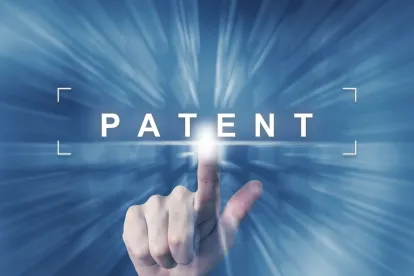In a 6-3 decision authored by Justice Sotomayor, on June 10, 2019, the Supreme Court held that “a federal agency is not a ‘person’ who may petition for post-issuance review under the AIA.” Return Mail, Inc. v. U.S. Postal Service.
Summary
In 2011, Congress enacted the America Invents Act (AIA), which created the Patent Trial and Appeal Board (PTAB), and tasked it with overseeing three new types of patent invalidity proceedings: (1) inter partes reviews (IPR); (2) post-grant reviews (PGR); and (3) covered business method reviews (CBM). For each of these proceedings, the AIA permits “a person who is not the owner of a patent,” to petition the PTAB to review and cancel claims of that patent. 35 U.S.C. §§ 311(a), 321(a).
The Return Mail case arose out of a petition for CMB filed by the U.S. Postal Service (USPS). Over Return Mail’s objections that the USPS is not a “person” permitted to file a petition for CBM, the PTAB cancelled the claims in Return Mail’s patent as unpatentable. The Federal Circuit affirmed the PTAB’s decision.
The Supreme Court granted certiorari to determine the broader question of whether a federal agency is a “person” capable of petitioning the PTAB for IPR, PGR, and CBM review of issued patents. The majority opinion of the Supreme Court, delivered by Justice Sotomayor and joined by Chief Justice Roberts and Justices Thomas, Alito, Gorsuch, and Kavanaugh, reversed the Federal Circuit, holding (1) there is a presumption that “‘person’ does not include the sovereign, and thus excludes a federal agency like the Postal Service,” and (2) the USPS was unable to provide an “affirmative showing of statutory intent” that this presumption should be disregarded.
The majority noted that the term “person” is used at least 18 different times in the Patent Act and the AIA, “and there is no clear trend: Sometimes ‘person’ plainly includes the Government, sometimes it plainly excludes the Government, and sometimes – as here – it might be read either way.” Therefore, the court held, “in the face of such inconsistency,” the USPS could not make the “affirmative showing required to overcome the presumption that Congress did not intend to include the Government among those ‘person[s]’ eligible to petition for AIA review proceedings.” However, the majority reiterated that should a federal agency be accused of infringement, it is not without recourse, as it can assert the defense of invalidity in federal court.
The dissent, authored by Justice Breyer, and joined by Justices Ginsburg and Kagan, suggests that the Government is one of the “person[s]” permitted to file petitions for IPR, PGR, and CBM under the AIA, because under the Patent Act and the AIA, the only times when “person” does not include the Government agencies is when “doing so would be close to logically impossible.” (citing e.g., AIA § 6(a)) (“administrative patent judges must be ‘persons of competent legal knowledge and scientific ability.’”)




 />i
/>i

